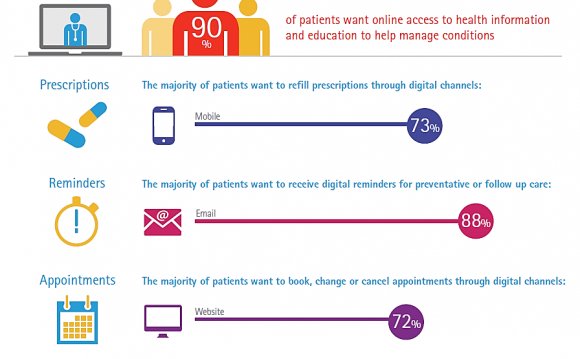
Technology for Older people
The purpose of this research would be to develop and test a Universal Design study appliance for assessing older people’s use of everyday technologies in Ireland. The device created was used in houses of 30 older people inside Liberties region in Dublin 8. The cohort plumped for are users of a “pendant security” system: a button worn on a pendant that may be pushed to demand assist in the big event of an emergency or requirement for help. In each residence see, the Universal Design Survey Tool developed ended up being accustomed measure the pendant alarm technology plus one additional technology identified as difficult to make use of.
The project report includes analysis the relevant literature and other evaluation resources, the full information of methodology, data collected, analysed and results and full information of the test device created and suggestions for just how it might be found in various other scientific studies.
The project ended up being conducted by St James medical center. Aid ended up being obtained through the SICCDA (South inner-city Community developing Association), a nearby community organisation.
Universal Design Research Appliance
The primary deliverable from the task may be the Universal Design research appliance.
Older peoples' experience of technology
The Universal Design research Tool generated quantitative scoring of this general difficulties the users had, and also the qualitative information captured uncovered many design problems that the people struggled with – such buttons being the exact same color given that product casing. Contextual utilization of the product had been found to-be an issue the older people; as an example, where paid off flexibility and dexterity managed to get difficult to reach down to and run a DVD player put at a reduced level relative to the floor.
One significant choosing from the pendant alarm technology was the the elderly evaluated had been mostly not sure or unaware of exactly what measures would happen when they had pressed the alarm switch.
Lots of the styles that older users struggled with in their particular “difficult technology” made no allowance for users insufficient technical understanding or exposure. A number of the designs had been discovered become extremely poor and it is most likely that other user groups would have had difficulty with the technology. As an example, some products lacked labelling or feedback which are violations to basic usability concepts.
Initial conclusions from research had been provided as a "dramatic reading"at the ActivAge 2012 meeting.













